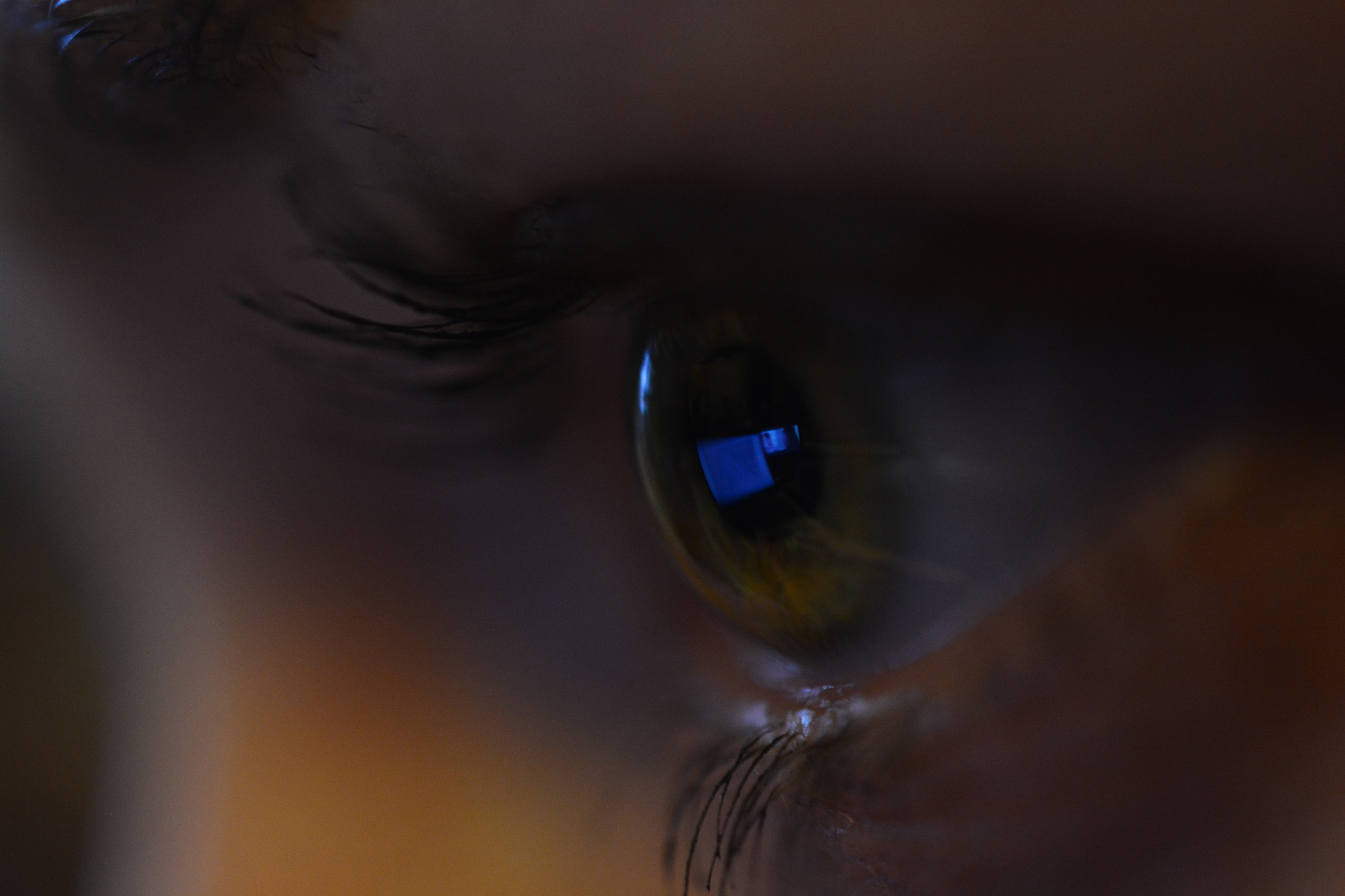The International Centre for Translational Eye Research, ICTER was created to actively fight a battle between eye diseases and numerous patients, doctors and scientists around the world. Thanks to the interdisciplinary character of the centre we are able to operate on diverse fronts.
We construct new diagnostic tools, modern surgical instruments, we search for new pharmacological and gene therapies, we study connections between cells of the visual tract in a healthy and diseased system, we build tools supporting vision in people with severe visual disorders, and we search for unknown molecular mechanisms of eye diseases development. The achievements of our scientists will help in diagnosing, preventing, and curing diverse diseases or other eye conditions that lead to impairment and even loss of vision.The list of diseases and conditions investigated in ICTER includes relatively rare: eye cancers (retinoblastoma, primary intraocular lymphoma, uveal melanoma), Stargardt’s disease and Leber congenital amaurosis; more frequent e. g. retinitis pigmentosa and finally the most common: glaucoma, cataracts, age-related macular degeneration, diabetic retinopathy, and presbyopia.
According to the recent WHO report (World report on vision; https://www.who.int/news-room/fact-sheets/detail/blindness-and-visual-impairment), in 2019 there were 65.2 million people suffering from cataracts globally. This disease more frequently affects individuals over the age of 60 years old which can lead to complete loss of vision. It manifests itself in the cloudy lens, less sharp vision, and difficulties in reading or TV watching. WHO report says about 10.4 million of people all over the world suffer from age-related macular degeneration in which the damage of the central part of the retina leads to vision impairment, distortion of shapes and lines, or presence of shadows and dark patches within a field of vision. Another high-ranked eye disease is glaucoma which affects 6.9 million people globally. Initially, non-symptomatic, glaucoma causes worsening of edge-seeing and – finally in extreme cases -total loss of vision. The main cause of glaucoma is increased pressure inside the eye that leads to pain and redness of the eye, blurry vision upon waking, and vertigo. The WHO world report on vision informs about 4 million individuals suffering from corneal opacity, which is caused by damages and infections of the cornea as well as vitamin A deficiency in childhood.
Diabetic retinopathy (3 million cases reported by WHO in 2019) is yet another eye disease investigated in ICTER. It is caused by damage of small vessels in the retina in response to a long-term increase of glucose level in the blood of a diabetic. Severe vision deterioration, blurry image, dark patches in the field of vision, difficulty seeing in the dark, and progressing loss of vision are the consequences of impaired blood circulation in the eye, bleeding into the vitreous, and detachment of the retina. One of the common methods used for the diagnosis of diabetic retinopathy and many other eye diseases and defects is OCT tomography developed by the founder of ICTER.
We believe that the results of the everyday work of scientists in ICTER will help many people around the world. Not only those suffering from eye diseases, but also healthy individuals experiencing the natural process of age-related vision impairment.
Author: Magdalena Banach-Orłowska, PhD


